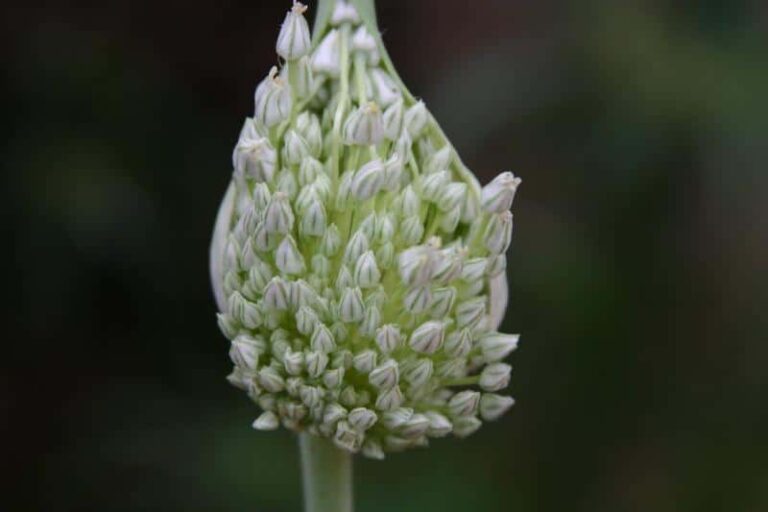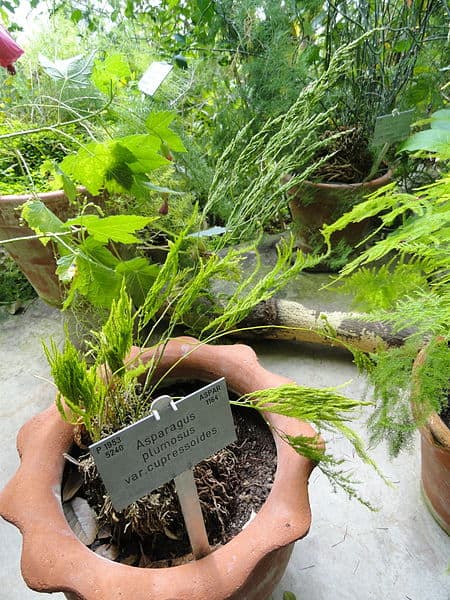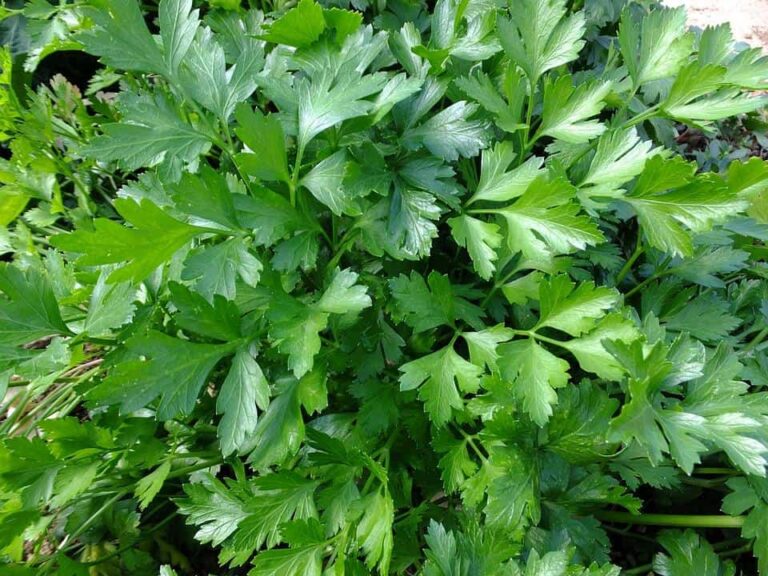Growing Yarrow: A Helpful Guide
Growing yarrow is perfect for gardeners who live in dry, hot conditions. Yarrow needs well-draining soil, plenty of sun, and very little water to thrive. Plant seedlings at least 24-inches apart, or sow seeds directly on top of soil. Allow rain to water your plants, or in extreme drought conditions, give them some water manually. Divide yarrow plants every 3 to 5 years to avoid them overtaking your garden. Harvest yarrow by pulling branches from the stem. Dry full stems, or snip leaves and flowers to dry alone.
Why Grow Yarrow in Your Garden?
Yarrow is a widely-used herb known for its medicinal properties and use in ancient spells. According to The Herb Gardener, yarrow has natural anti-inflammatory properties that have made it become a popular herb for first-aid creams and blood pressure control. It is also used for a number of ailments, including gastrointestinal discomfort, fever, toothache, and cramping.
Yarrow is also a hardy plant that can survive droughts and other dry or hot weather conditions. It’s related to the sunflower, but produces small, clustered flowers and stands up to 4-feet tall. The flowers come in several colors, including pink, white, and yellow, to give your garden a colorful balance.
If you’re looking for the most beautiful additions to your garden, some of the most favored varieties of yarrow to grow include:
- Cerise Queen, with bright pink flowers
- Coronation Gold, with silver-like leaves and deep yellow flowers
- Fanal, with red flowers with yellow centers
- Paprika, with bright, red-orange flowers
If you live in a region with hot, dry weather, you’ll likely gain excellent yield from yarrow plants, as they thrive in dry soil.
Ehowgarden explains some benefits of yarrow and provides some helpful tips for growing yarrow:
Planting Yarrow
Yarrow thrives in conditions that other herbs tend to fade in. It doesn’t need nutrient-rich soil and, in fact, may overtake your garden if you provide it some. Yarrow grows best in a low-fertile soil that remains fairly dry most of the time.
If you have a sunny area in your garden that isn’t particularly maintained, that’s the perfect spot for growing yarrow. You may also consider planting it where you normally tend to see weeds in your garden, as it will outgrow them quickly and, instead, fill the space with bright flowers.
Before planting, use a garden tiller or fork to loosen the soil where you’ll grow yarrow. Loosen about a foot deep. The Old Farmer’s Almanac suggests adding about 2-inches of compost. If your soil is moist, add some sand to help it drain well.
Plant seedlings in the spring, spacing them about 24-inches apart, since they spread widely. Ensure that the hole for the seedling is at least twice as wide as the container it was in to allow its roots plenty of room to settle and spread.
Add soil back around the plant, firming it around the seedling. Water the soil thoroughly.
Alternatively, you can grow yarrow plants from seed by simply placing the seeds on top of the soil. Keep them moist while they germinate, and you should begin seeing sprouts in a couple of weeks.
Growing Yarrow
Yarrow doesn’t need a lot of extra care once it’s planted. Although it prefers drier soil, it still needs some water to maintain growth. In most areas that get at least some rain each week, that amount is enough to keep yarrow watered. However, if your area gets less than an inch of rain each week, you’ll need to water your yarrow plants.
Yarrow doesn’t need any fertilization through its growing process. However, each spring, you can promote optimal growth by adding some compost and a new mulch layer around your plants.
Every 3 to 5 years, divide your yarrow plants so they don’t become too spread in your garden. After or before the threat of frost, lift the clumps of flowers, removing dead stems and leaves from the plant. Re-plant in another prepared area of your garden, or discard if you want to keep your yarrow more contained in one area.
Preventing Pests and Disease
Yarrow is typically resistant of most pest infestations and disease, although, when grown in certain areas, it can become susceptible to either.
Powdery mildew and botrytis mold are two diseases that can affect yarrow. Since it’s a plant that prefers dry conditions, over-watering or slow-draining soil may cause your yarrow to become infected with these diseases.
You’ll notice a white, powdery film covering your plants if they have one of these two diseases. If so, it’s best to discard the infected plants immediately to avoid spreading the disease to your other plants. Ensure that you also remove any debris from the plant in the soil. If you find that the disease has spread through the soil to other plants, you may need to use a fungicide to stop further spreading.
As for pests, the most common to affect yarrow is the spittlebug. It’s difficult to spot spittlebugs on your plants, but you may notice foam-like spots on the leaves or stems. This is caused by bubbles the nymphs make to protect themselves from predators.
Small numbers of the bugs won’t usually harm your plants, but an infestation can kill them. You can create a homemade insecticide to kill spittlebugs to spray on your plants after you’ve wiped off the bubbles.
Harvesting and Drying Yarrow
YouTube gardener, roseinthepines, shares how she harvests and dries her yarrow plants:
On a warm, sunny day after morning dew dries off your yarrow plants, harvest yarrow by pulling off small branches from the stem. Pull off any weeds or grass, and then use kitchen shears to snip off the flowers. Then, run your fingers along the stem, gently, to remove the leaves. You can dry the leaves and flowers together on a cookie sheet, baking it on a low temperature or several hours until they become crisp.
Alternatively, bundle several stems together with flowers and leaves attached and hang them to dry for several days in a dry, dark location. Once they’re dry, you can remove the leaves and flowers and store them in an airtight container.
Photo by B.D.’s World licensed under CC BY-SA 2.0






